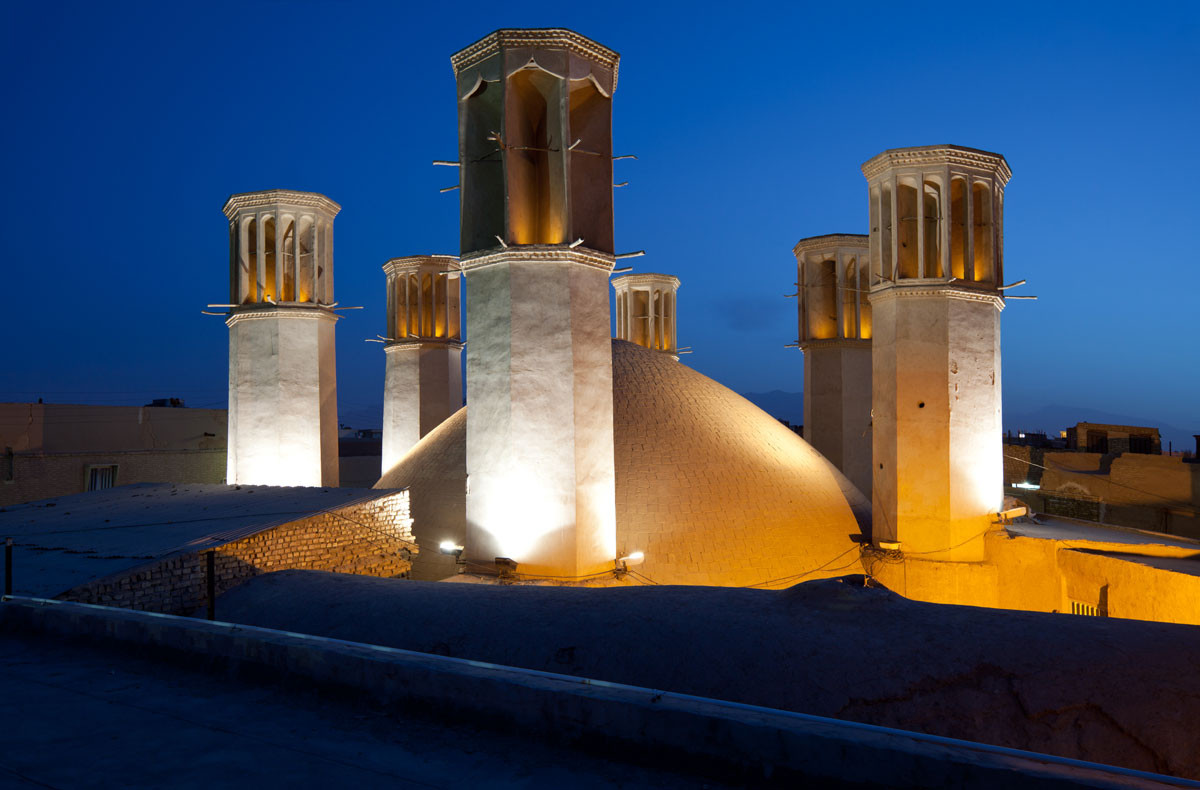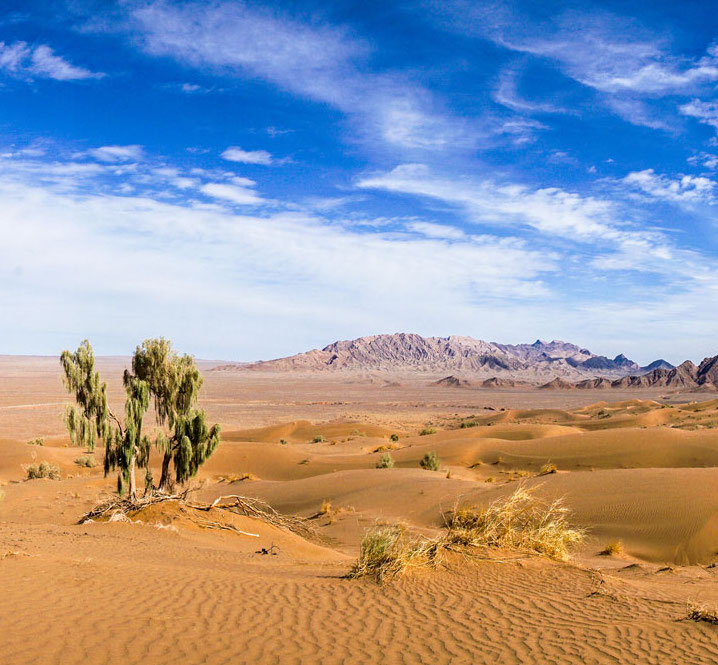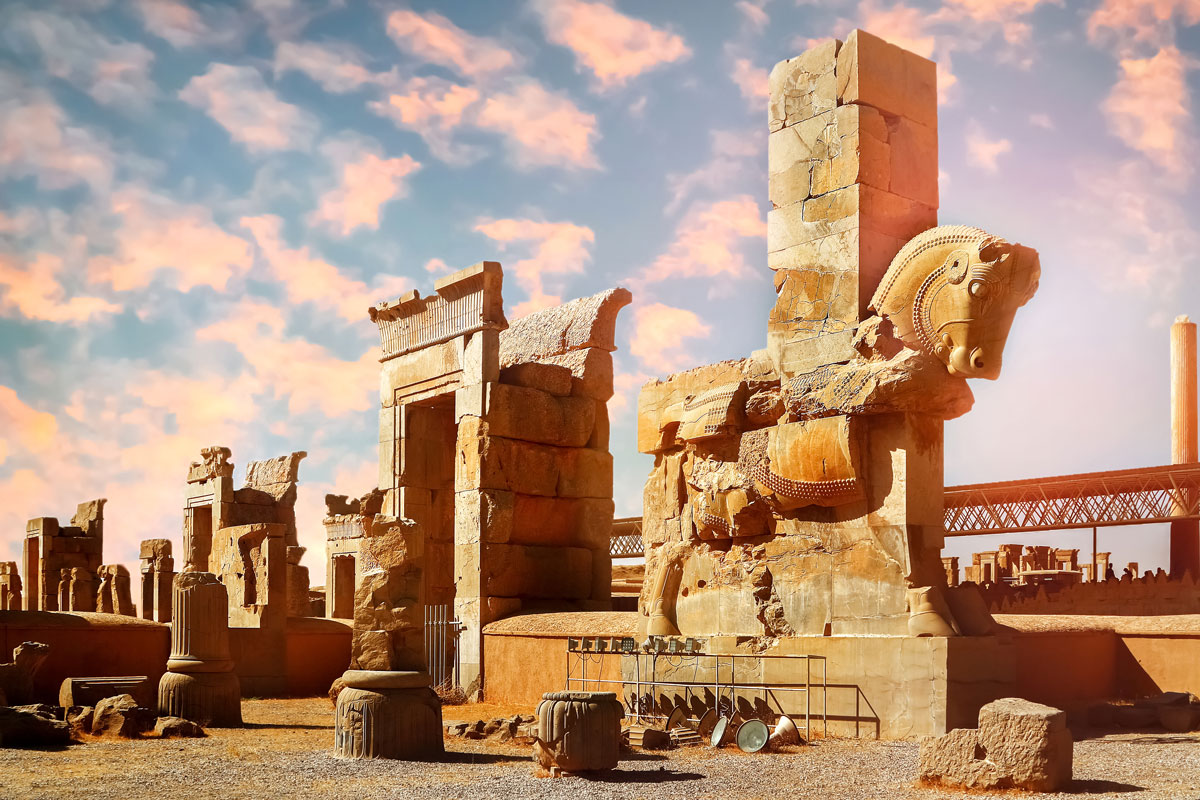Persian Rugs
A real Persian rug is a real treasure. Handmade carpets from Iran have become more and more scarce, as mass production has also affected the carpet industry and experienced knotters are becoming increasingly rare in the Middle East. Industrially knotted carpets never reach the quality of Persian carpets.
Some of the most important cities and regions for Persian rugs in Iran (former Persia): Tabris (Tabriz), Qum (Qom), Isfahan, Kashan (Keshan), Shiras (Shiraz), Kerman, Mashhad
Persian carpets come from Iran, which was officially called Persia until 1934. The centuries-old tradition led to the fact that the name for the carpets remained the same despite the changed country name. No carpet-producing region in the world can look back on a crafts tradition as long as that of Iran. The skill and experience of the carpet weavers is reflected in the fineness and durability of the carpets and enjoys an excellent reputation all over the world.
The carpets are distinguished by their region and knotting density. Well-known provenances for very fine Persian carpets include Nain, Isfahan and Tabriz. In addition to the well-known regions, there are a number of others that are perhaps less known, but not necessarily of inferior quality. Even today, each of these regions stills brings characteristics of a certain style to its type of rug. For example, carpets from Moud (Mud) are known either for their garden motifs or their so-called Herati pattern. Also regions like Kerman, Kashan or Bidjar are known to most of those who have already dealt with Persian rugs.
In everyday language, oriental and Persian carpets are often considered the same. This is due to the prominent role of Persian carpets. However, a "real" Persian comes only from Iran. The term oriental carpet is to be understood as a generic term and is used for all carpets from the Arab world. Iran is very much aware of its tradition. While child labour used to dominate the craft, there are nowadays a large number of labels that counteract this.

illuminated Shesh Badgiri Reservoir of Yazd, Iran
Impressions of Iran

|

|
| El Dasht-e Kavir Desert (the largest desert of Iran) | Stone sculptures from ancient Persepolis |
Categories of Persian Rugs
Ardebil
Robust Persian rugs that are ideal for everyday use and affordable at the same time.
Learn more...
Robust Persian rugs that are ideal for everyday use and affordable at the same time.
Learn more...
Afshar
Knotted by former nomads with straight-line patterns, today very popular again.
Learn more...
Knotted by former nomads with straight-line patterns, today very popular again.
Learn more...
Bakhtiar
Garden motifs from Persian gardens, for which these rugs are known and appreciated.
Learn more...
Garden motifs from Persian gardens, for which these rugs are known and appreciated.
Learn more...
Isfahan
Some of the finest rugs come from Isfahan. Also collectors find a highly valuable piece here.
Learn more...
Some of the finest rugs come from Isfahan. Also collectors find a highly valuable piece here.
Learn more...
Shiraz
Typical nomadic carpets from the old Shiraz among the ancient ruins of Persepolis.
Learn more...
Typical nomadic carpets from the old Shiraz among the ancient ruins of Persepolis.
Learn more...